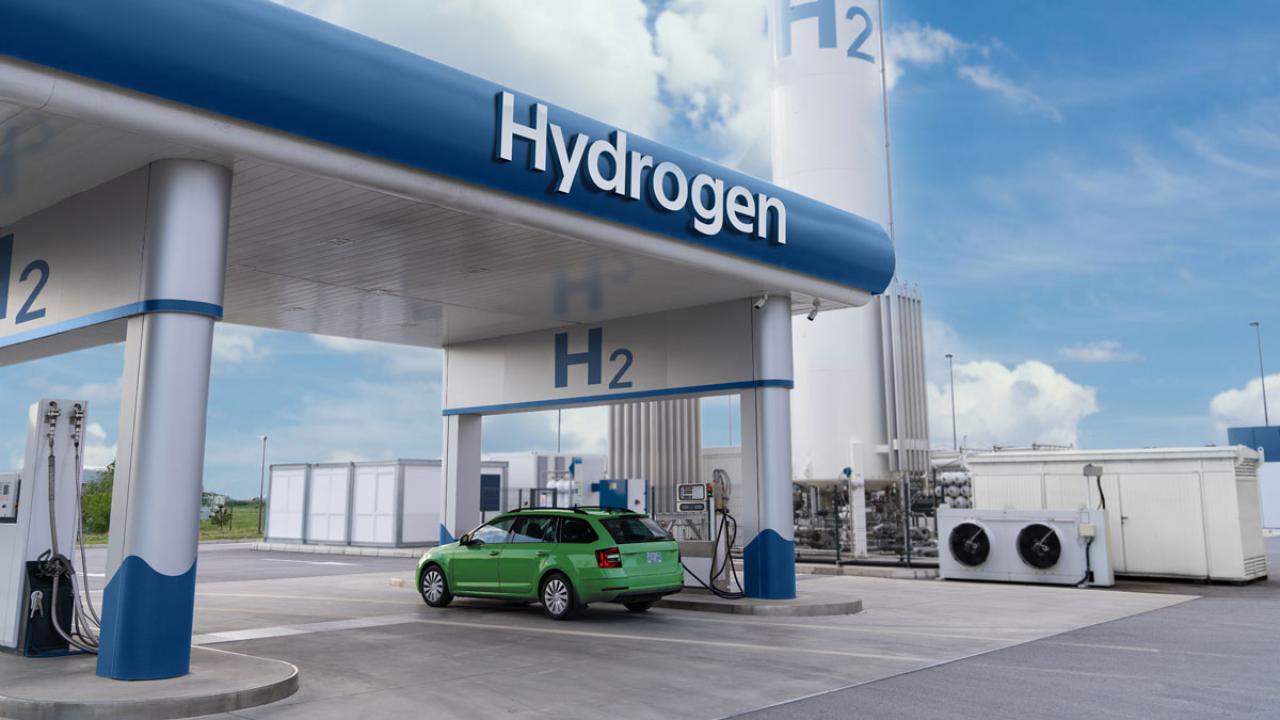
Transportation and Climate Blog: Supporting California’s Move to Zero-Emission Vehicles by Creating a Viable, Large-Scale Fuel-Cell Vehicle and Hydrogen System
California is marching ahead with firm rules now in place for both light-duty and medium/heavy-duty vehicles to transition to zero emission stock by 2045. The State is requiring that all new vehicles sold from 2035 onward be “zero-emission vehicles” (ZEVs)—battery electric, plug-in hybrid, or hydrogen-powered fuel-cell vehicles. While battery electric vehicles currently dominate ZEV sales and discussions of the zero-emissions future, fuel-cell vehicles are expected to play a key role, especially in truck and bus fleets and some households. They offer a different set of strengths, such as extended driving ranges, fast refueling, and potentially greater payloads for trucks.
But creating an economically viable hydrogen system and scaling it up to meet 2035 targets will require massive investments over the next decade. While many initial investments have been made, there is no clear overarching strategy for what a full hydrogen system and supply chain infrastructure might look like in 5, 10, or 20 years. Some kind of system will be needed, given the projected needs of various sectors (transportation, industry, and buildings) and the need for low-cost renewable hydrogen to contribute to the goal of carbon neutrality by 2045 in California. Acknowledging the urgency of the moment, the state recently formed the ARCHES partnership to develop this system further. Read more...
